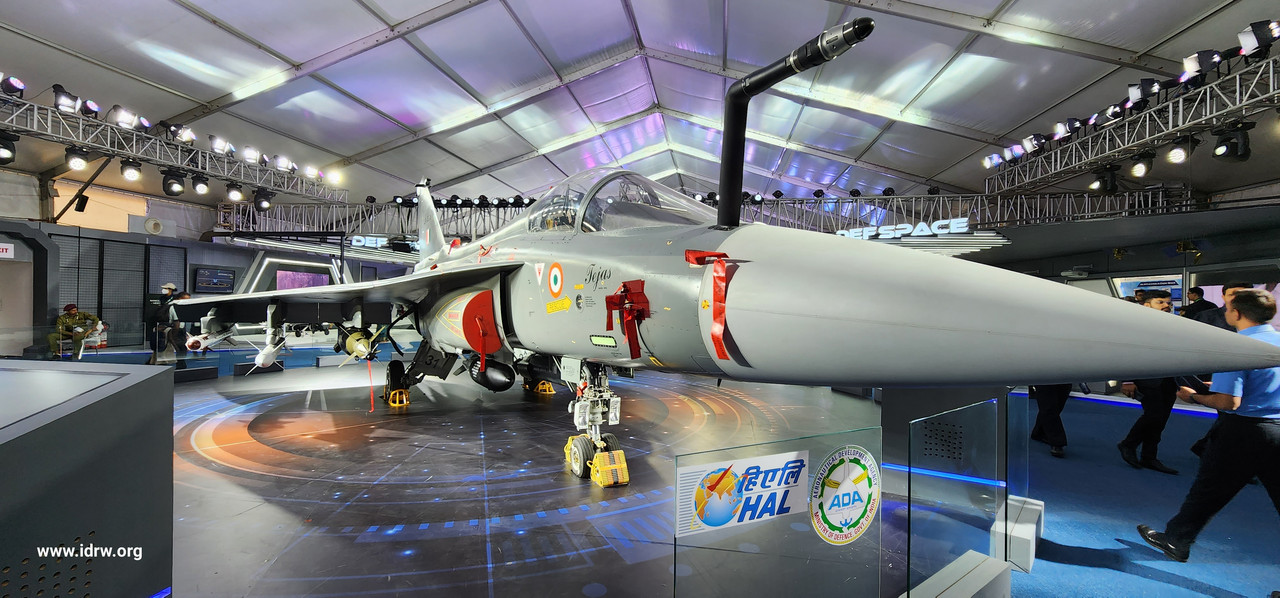SOURCE: RAUNAK KUNDE / NEWS BEAT / IDRW.ORG

A major advancement in Indian aviation technology marked the skies this February, as the Indian Ministry of Defence (MoD) confirmed the successful flight testing of the Indigenously Designed and Developed Integrated Life Support System (ILSS) for the pilot of the LCA Tejas fighter jet. This achievement signifies a crucial step towards India joining the elite club of nations possessing this complex technology.
Before this breakthrough, Indian fighter jets relied on imported liquid oxygen systems, creating dependence on foreign suppliers and jeopardizing operational flexibility. The indigenous ILSS, developed by the Defence Research and Development Organisation (DRDO), utilizes “bleed air” from the Tejas’ engine to generate oxygen onboard, marking a shift towards self-reliance and adaptability.
While the successful flight tests are a resounding win for DRDO and Indian aviation, further refinement and certification are necessary before the ILSS can be fully integrated into operational Tejas aircraft. Additionally, exploring the application of this technology to other Indian jets will further solidify India’s position as a leading innovator in aviation life support systems.
The development of the indigenous ILSS represents a significant leap not only for the Indian Air Force but also for the nation’s technological prowess. It stands as a testament to the dedication and expertise of Indian scientists and engineers, paving the way for future advancements in vital defence technologies. This achievement sends a clear message to the world – India is not just flying fighter jets, it is also breathing life into self-reliance, innovation, and a secure future for its skies.
NOTE : Article cannot be reproduced without written permission of idrw.org in any form even for YouTube Videos to avoid Copy right strikes. Websites doing illegal reproductions will get DCMA and Legal Notices.